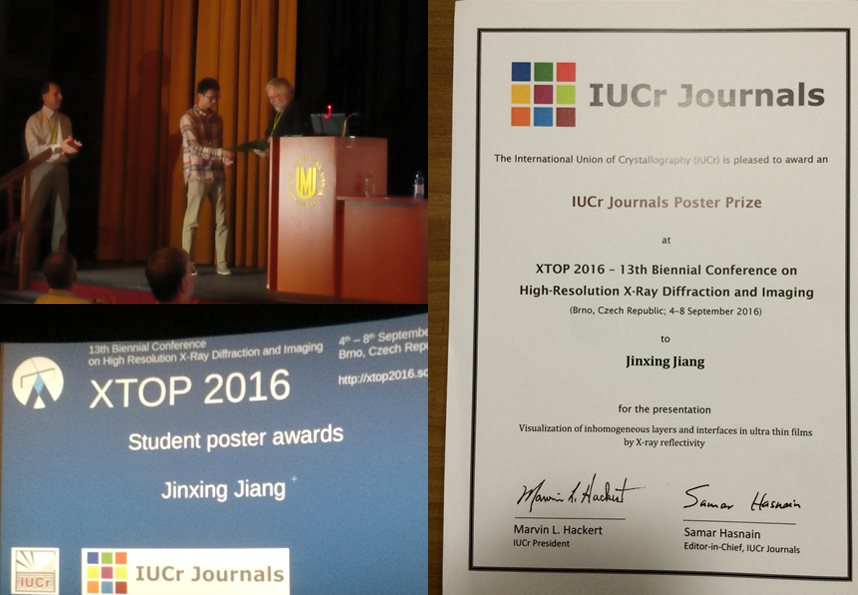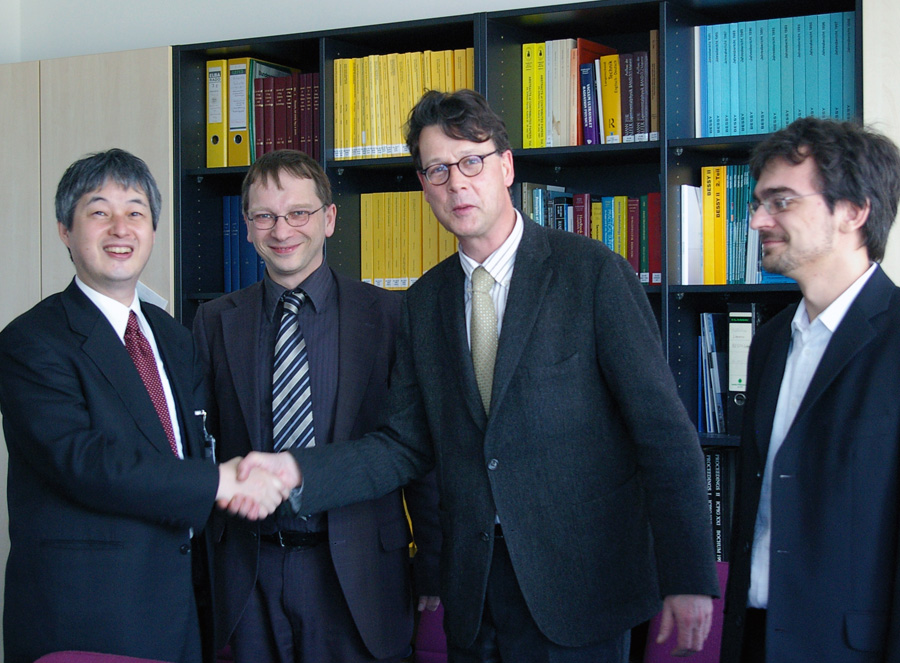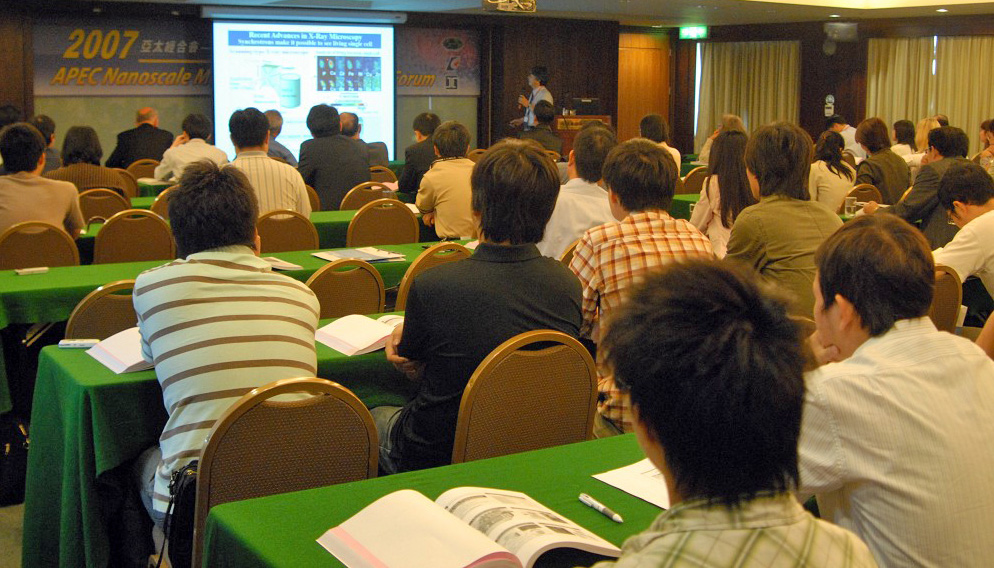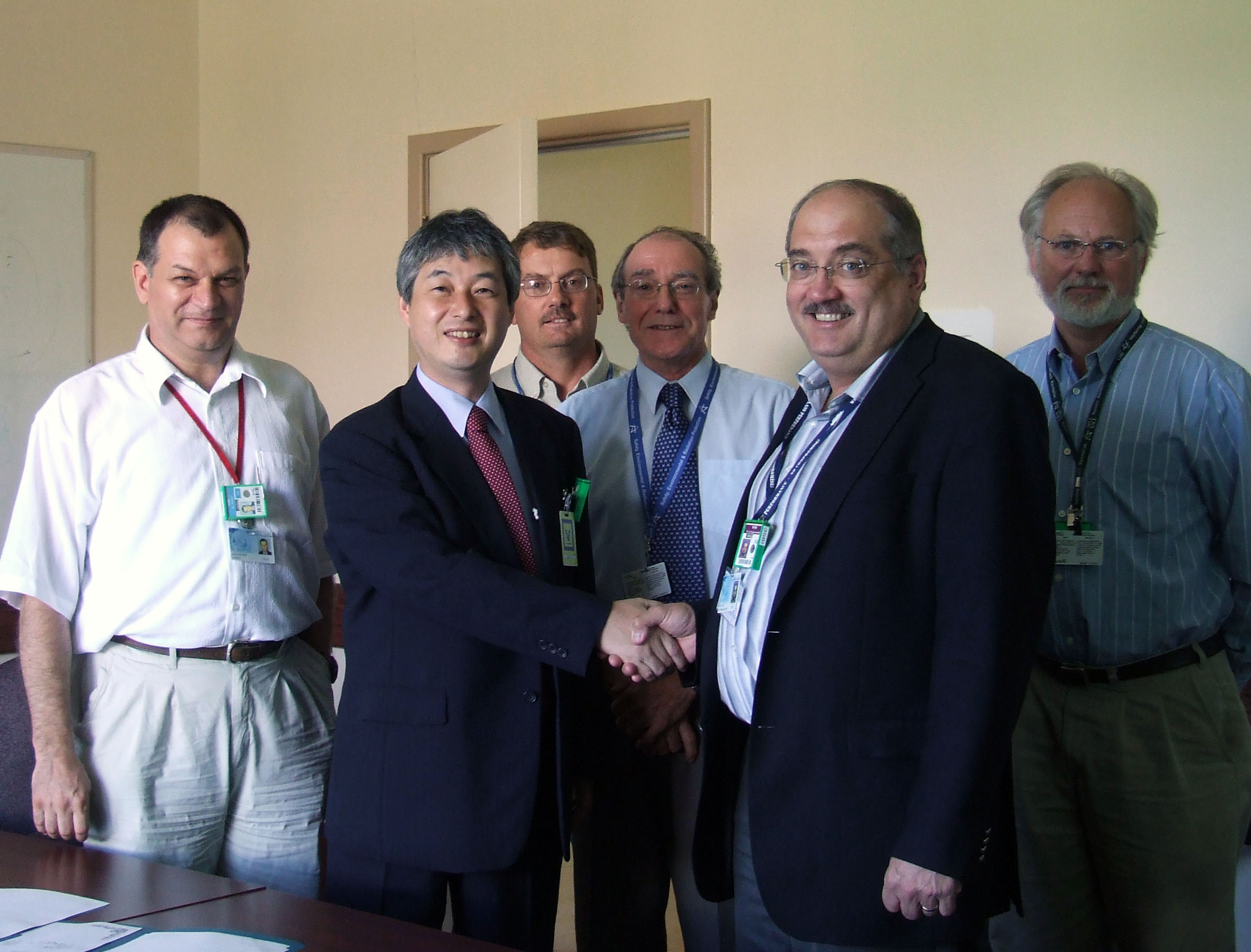The 2007 workshop on 'buried' interface science with X-rays and neutrons was held at the Institute of Materials Research, Tohoku University, in Sendai, Japan, on July 22-24, 2007. The workshop was the latest in a series held since 2001; Tsukuba (December 2001), Niigata (September 2002), Nagoya (July 2003), Tsukuba (July 2004), Saitama (March 2005), Yokohama (July 2006), Kusatsu (August 2006) and Tokyo (December 2006). There are increasing demands for sophisticated metrology in order to observe multilayered materials with nano-structures (dots, wires, etc), which are finding applications in electronic, magnetic, optical and other devices. Unlike many other surface-sensitive methods, X-ray and neutron analysis is known for its ability to see even 'buried' function interfaces as well as the surface. It is highly reliable in practice, because the information, which ranges from the atomic to mesoscopic scale, is quantitative and reproducible. However, the method should be upgraded further to cope with more realistic problems in nano sciences and technologies. Current X-ray methods can give atomic-scale information for quite a large area on a scale of mm2-cm2. These methods can deliver good statistics for an average, but sometimes it is necessary to analyze a specific part in nano-scale rather than an average structure. In addition, there is a need to see unstable changing structures and related phenomena in order to understand more about the mechanism of the functioning of nano materials. Quick measurements are therefore important. Furthermore, in order to apply the method to a more realistic and complex system, we need some visual understanding to discuss the relationship among the different structures that are present in the same viewing. Therefore, 2D/3D real-space imaging is important. Interpretation of roughness is another significant subject, while combination with grazing-incidence small angle scattering (GISAS) will become much more widespread than before. The use of coherent beams and several other new approaches are also significant. Leading senior academics in this field were invited as commentators, Professors J. Harada (Nagoya University & Rigaku Corporation), S. Kikuta (The University of Tokyo & JASRI) and J. Mizuki (JAEA). The invited speakers from Tohoku University in Sendai, workshop site, Professors K. Takanashi, M. Kawasaki and M. Yanagihara, talked about the hot topic of spintronics, and/or control of 'buried' magnetic interfaces. It was stressed that the use of techniques sensitive to specific interfaces is crucial in analyzing many unsolved problems in this field. The workshop proceedings will be published electronically in Journal of Physics: Conference Series, http://www.iop.org/EJ/journal/1742-6596









